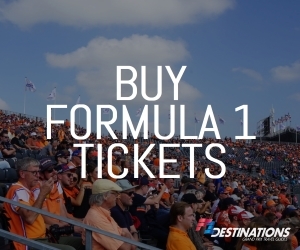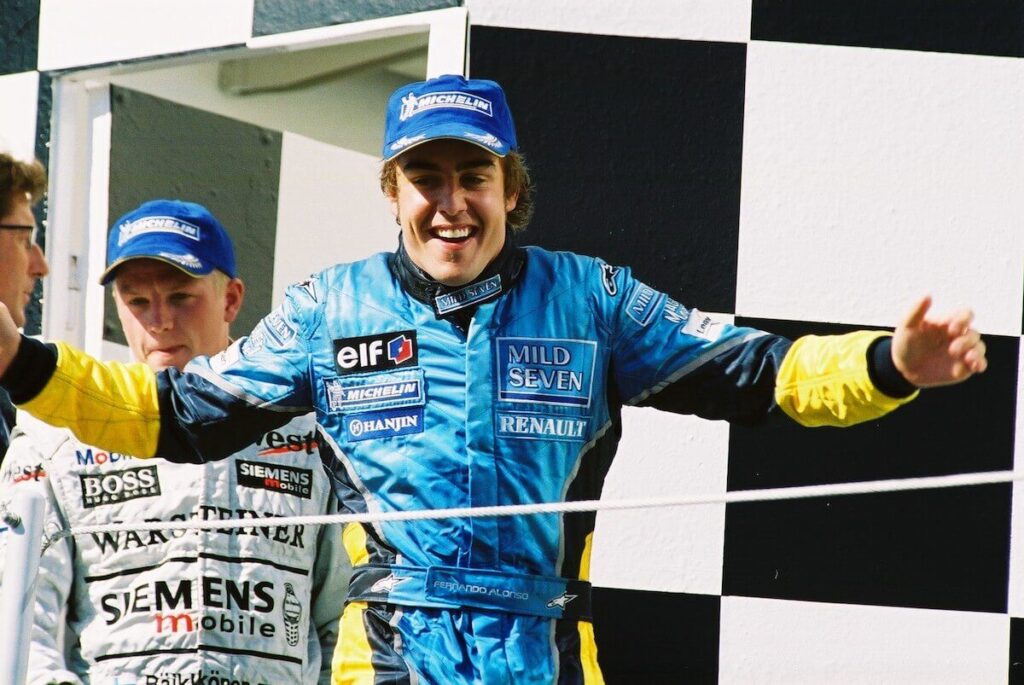
Hungarian Formula 1 journalist and author Károly Méhes, who has been to every race at the Hungaroring since 1990, shares some of his favourite memories of the Hungarian Grand Prix.
Images © Károly Méhes & György Szundi
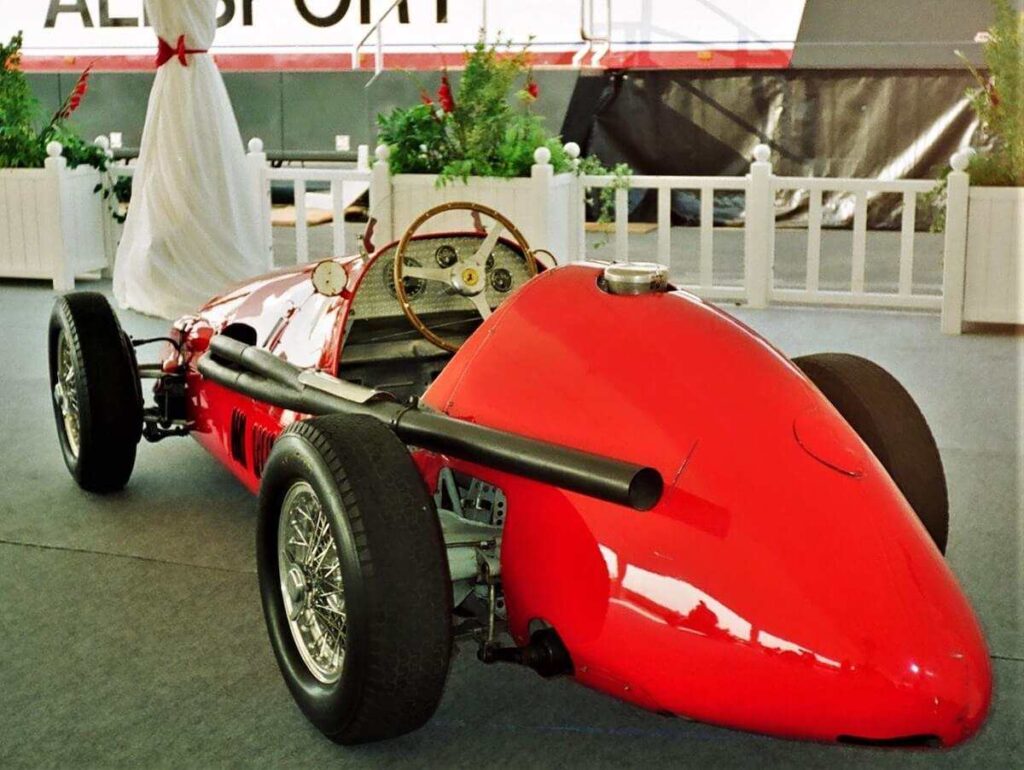
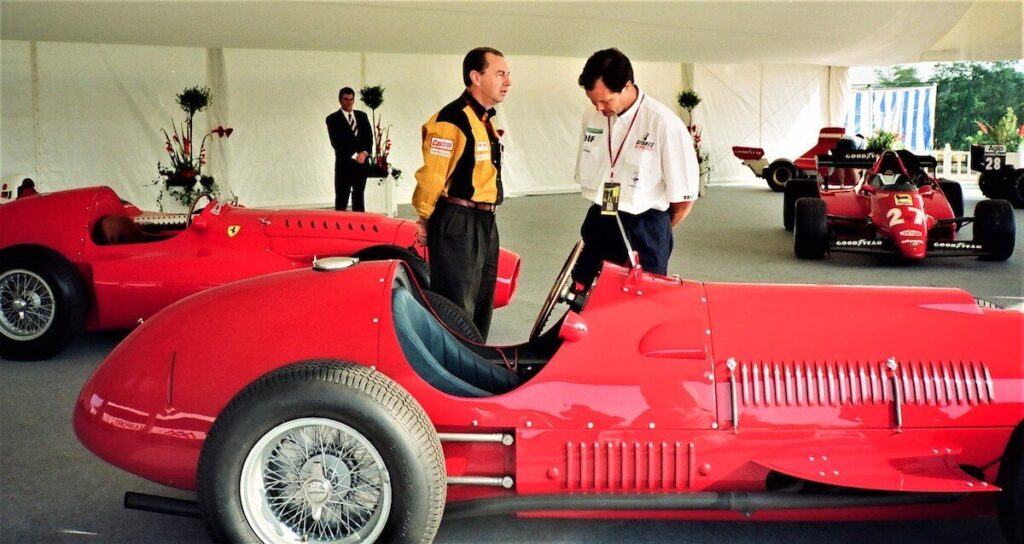
1992: Ferrari’s 500th Race
The 1992 Hungarian Grand Prix marked the 500th Formula 1 race for Ferrari (interesting, the Scuderia will celebrate their 1000th race this year). To celebrate, Ferrari brought along some of their most famous machines from the past, which were housed in their own tent outside the F1 Paddock. Ex-Ferrari drivers Clay Regazzoni, Tony Brooks and Luigi Villoresi were also on hand for a short chat and photo op. The cars did some demonstration laps to the delight of fans. Sadly, the race saw another poor result in a disappointing season for the team, though Ivan Capelli did salvage one point with a sixth-place finish.
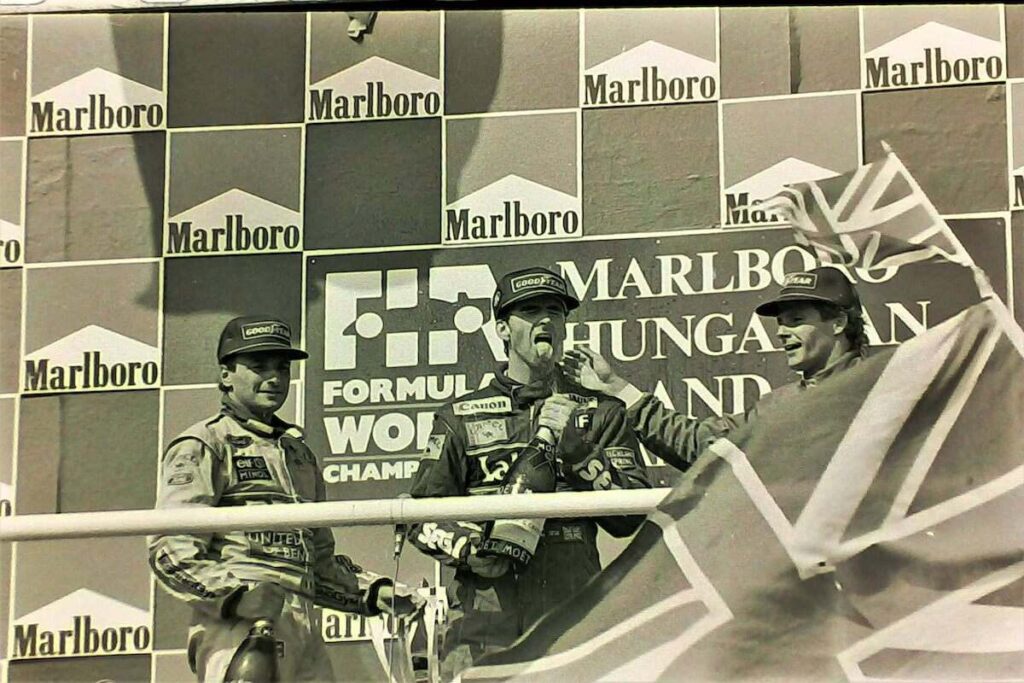
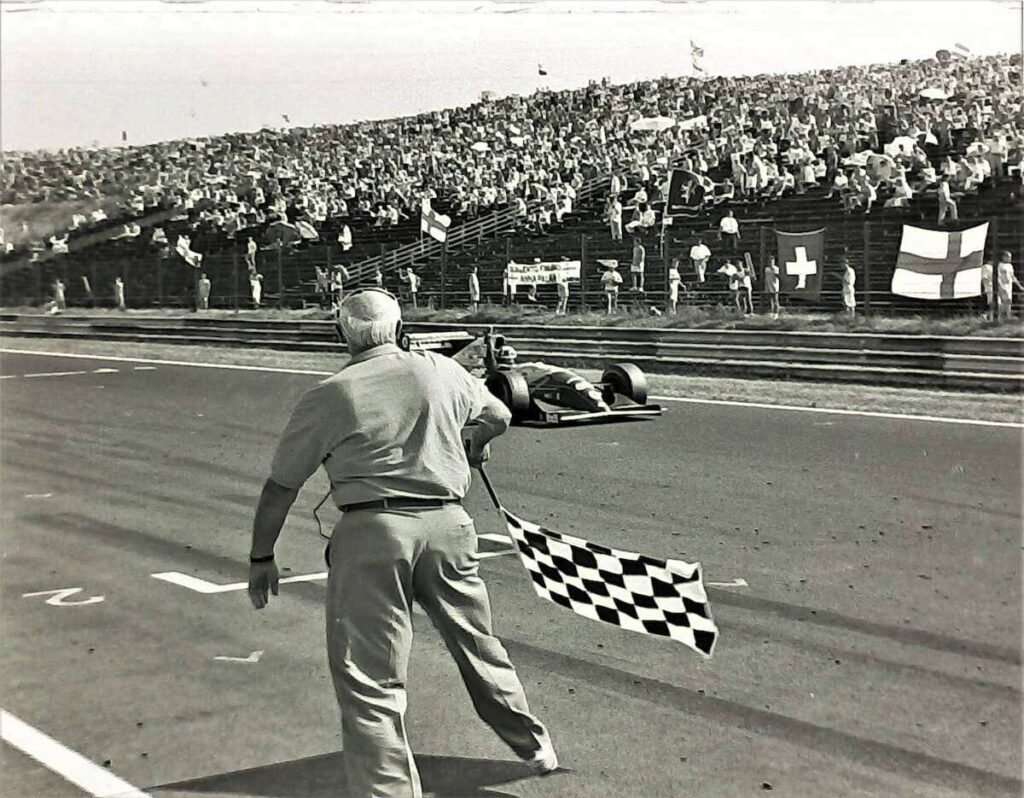
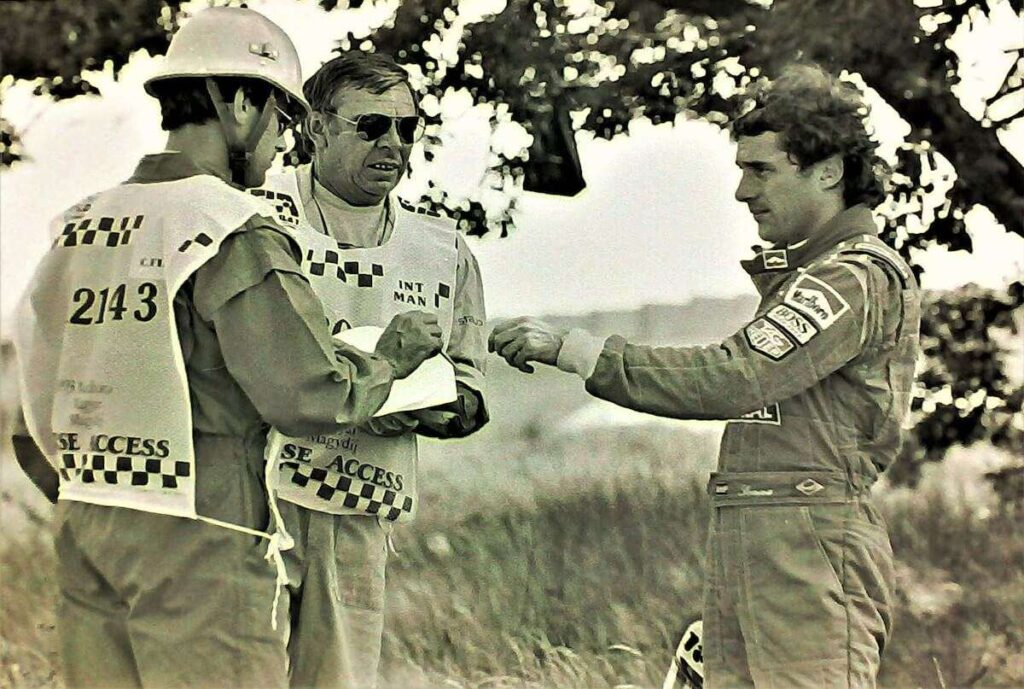
1993: Hill’s Maiden Win
On the Thursday of the 1993 Hungarian Grand Prix, I was selected by Ann Bradshaw, Williams’ press officer, to interview Damon Hill alongside the late, great Alan Henry. We asked questions in turn and at the end of the interview I duly wished Damon that he would take his first Formula 1 victory in Hungary… and he did it! It was the first time a driver had achieved a maiden Formula 1 victory at the Hungaroring. It was also the last appearance by the great Ayrton Senna at the Hungaroring, a circuit where he had won three times and never finished worse than second. This time around, the Brazilian ran out of luck and had to retire. He watched the race for some time next to his broken-down car and was happy to sign some autographs for the appreciative marshals.
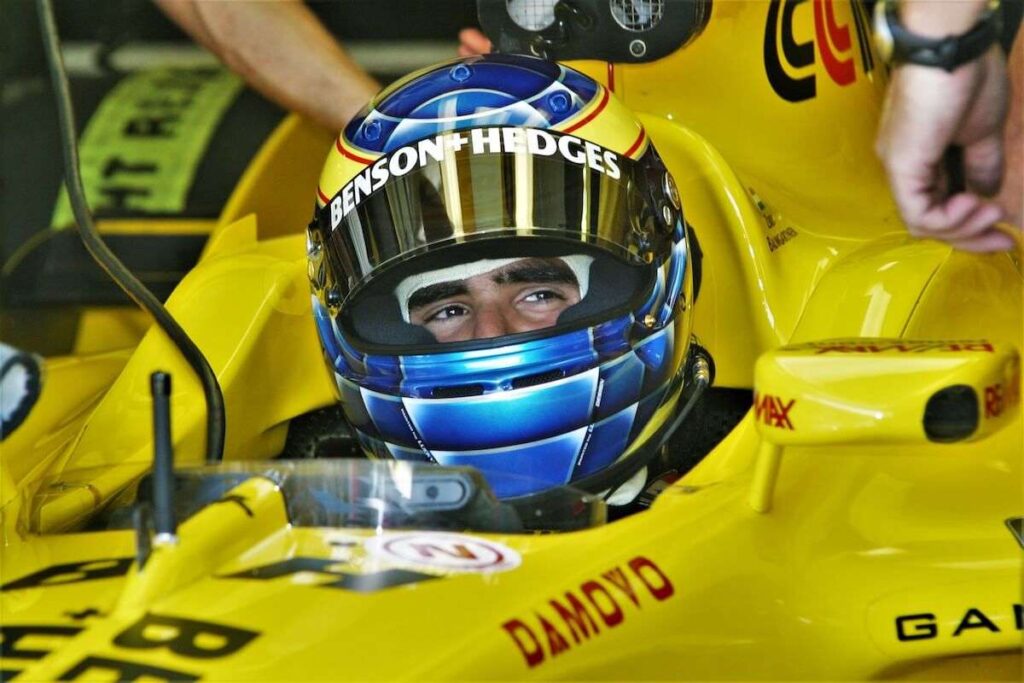
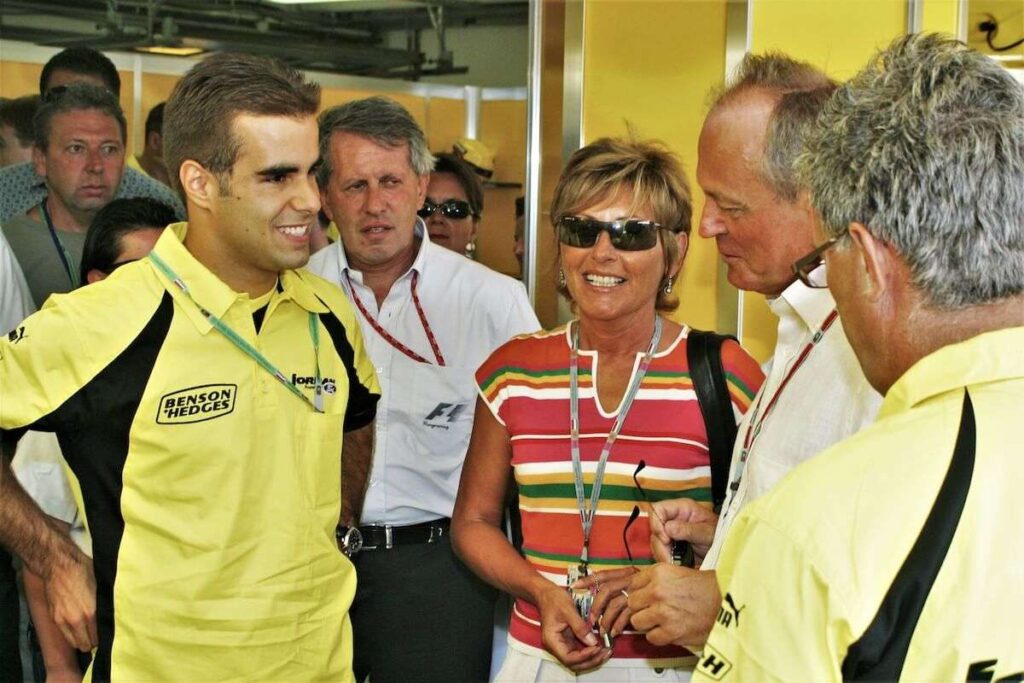
2003: Baumgartner Joins the Grid, Alonso Wins
A memorable weekend! Jordan’s Ralph Firman had a heavy accident during Friday’s free practice and was ruled unfit for the rest of the weekend. Zsolt Baumgartner was promoted to the race seat and became the first ever local driver to take part in the Hungarian Grand Prix. The scenes among the national and international media in the Paddock were unbelievable! Baumgartner’s debut was big news, but the race also delivered even more excitement as Rubens Barrichello lost the left rear wheel of his Ferrari in spectacular fashion on the main straight and the race was won by 22-year-old Fernando Alonso. The Spaniard started from pole and led the race from start to finish, becoming the (then) youngest F1 winner of all time. Whenever I met Fernando since, he never failed to mention his fondness for the place where he won his first race.
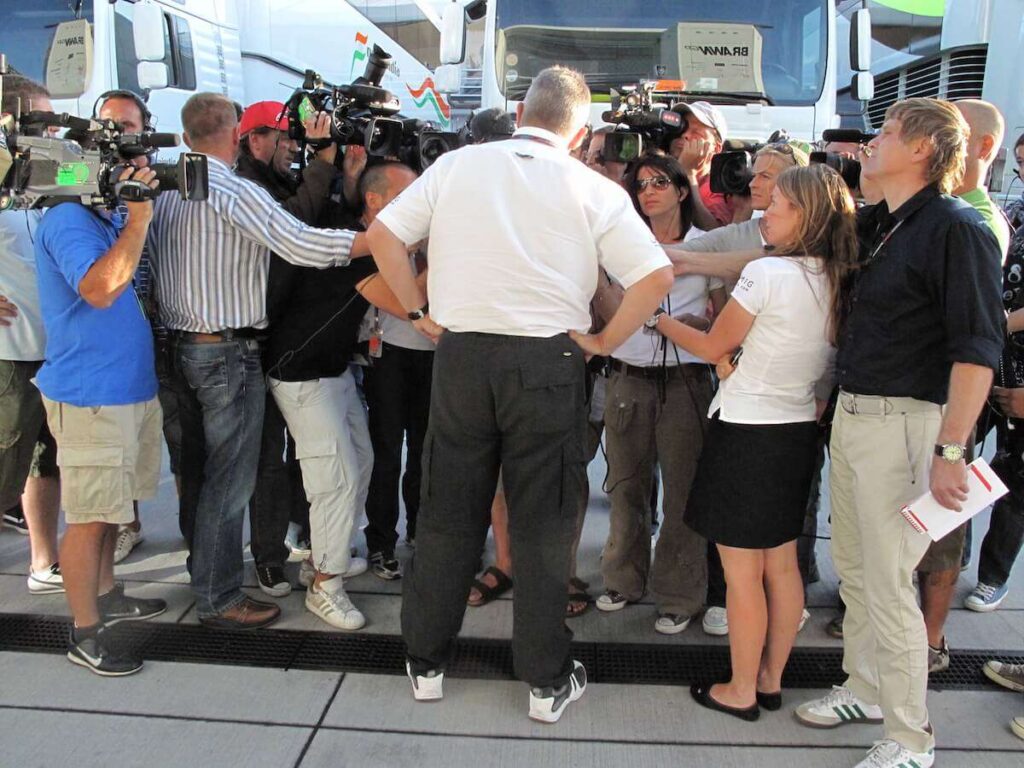
2009: Massa Survives Horror Accident
The 2009 Hungarian Grand Prix was a bleak weekend because of Felipe Massa’s near fatal accident. A spring had come loose from Rubens Barrichello’s Brawn and struck the Brazilian on the head. That Saturday afternoon and evening were a stressful and fearful time as we all went from the Brawn to the Ferrari motorhomes, trying to find out more about Massa’s condition. Thankfully Massa survived his brain surgery in the Honvéd Kórház (Military Hospital) in Budapest and returned to racing the following year.
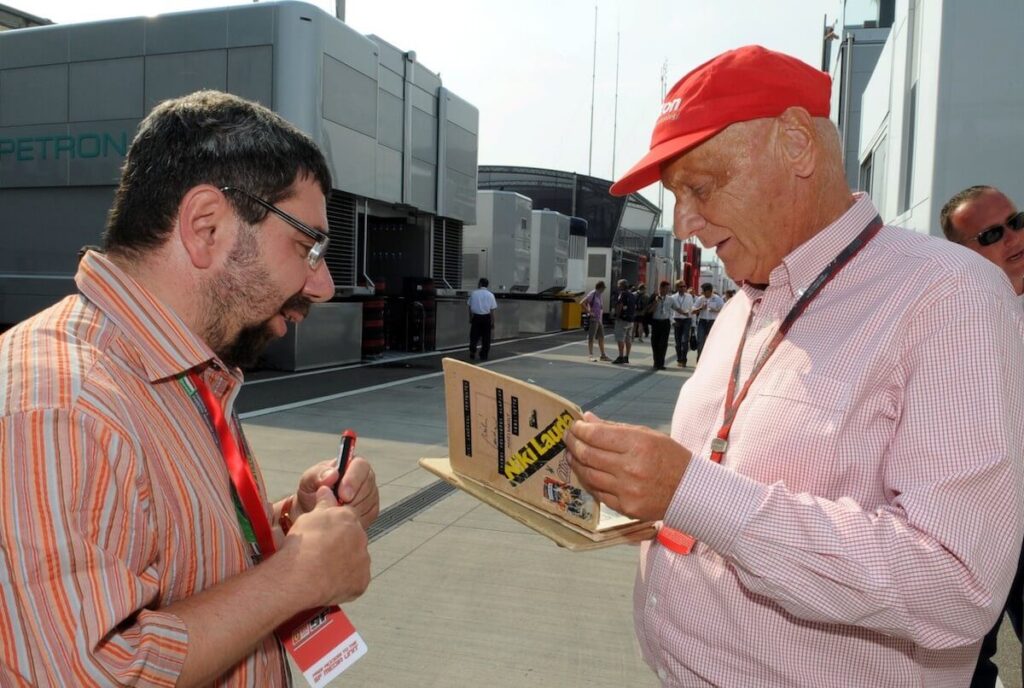
2010: Special Meeting with Niki
Though I had known Niki Lauda for some years already, I finally got the opportunity in 2010 to show him the booklets I had devoted to his career during my adolescent years. Karl-Heinz Zimmermann, who was the boss in Bernie’s motorhome, helped organize a meeting with Niki where I presented him my booklets. Never the most sentimental of people, Niki listened patiently to my explanation and scrolled through the pages dutifully before signing them. It was probably the kind of thing he had done a thousand times before, but it was important for me.
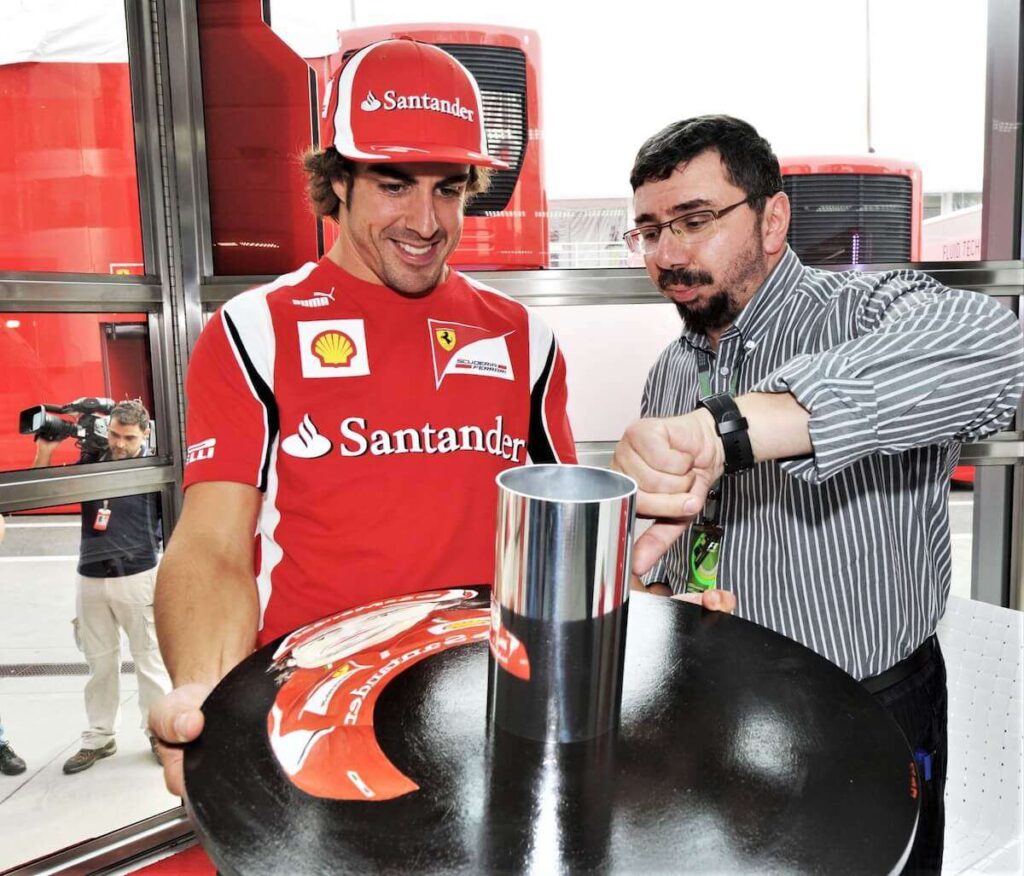
2011: Alonso’s 30th Birthday
Fernando Alonso often celebrated his birthday (30 July) at the Hungarian Grand Prix and in 2011, on the occasion of his 30th birthday, I was given a special task. A young Hungarian artist and Formula 1 fan, Cecília Andrea Szabó, had made him a really special present; an anamorphosis painting. This ancient artistic process involves painting a malformed portrait on a plate. In the middle of the plate is a cylinder which reflects the portrait in a perfect form. I asked my friends from the Ferrari media team to help organize a small meeting with Alonso after qualifying to present the gift. It was late in the day and Alonso seemed tired at first, but after I presented it to him and explained how it worked, his face lit up and he was genuinely thankful. Sometime later, I spoke with Alonso’s manager Luis Garcia Abad, who told me the artwork takes pride of place in the living room of his home.
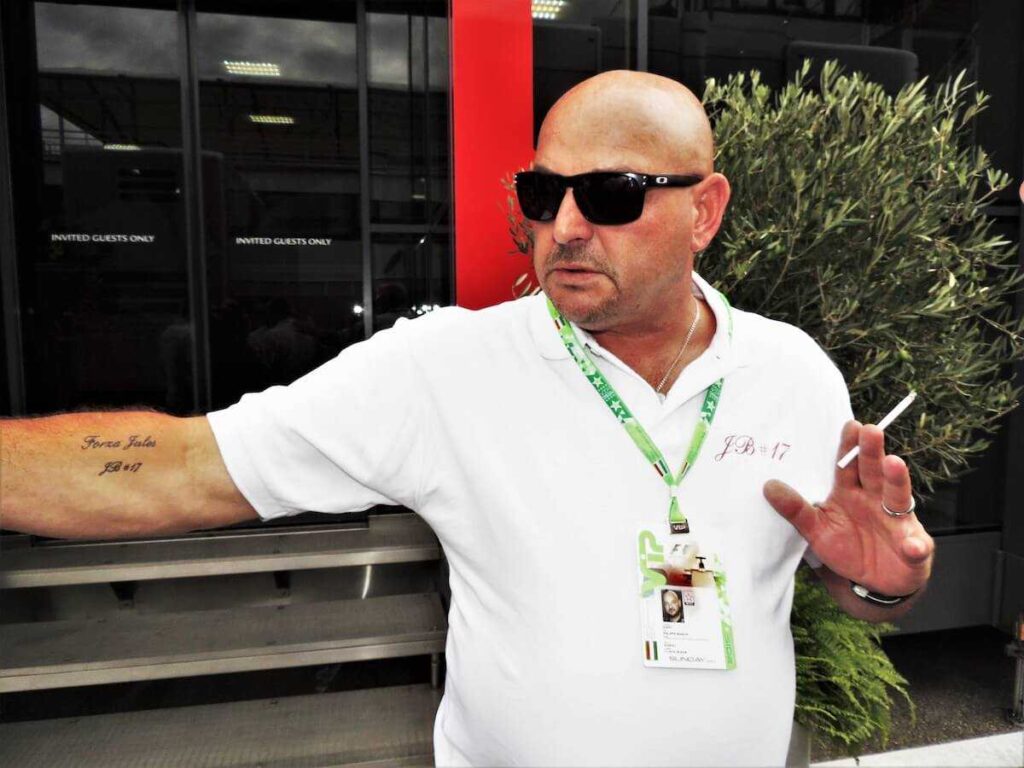
2015: Remembering Jules
The 2015 Hungarian Grand Prix was another sad weekend. The first race after the death and funeral of Jules Bianchi, who had suffered serious head injuries after an accident during the 2014 Japanese Grand Prix. Bernie Ecclestone invited Bianchi’s family to the Grand Prix and before the race, all the drivers paid tribute to their lost colleague.
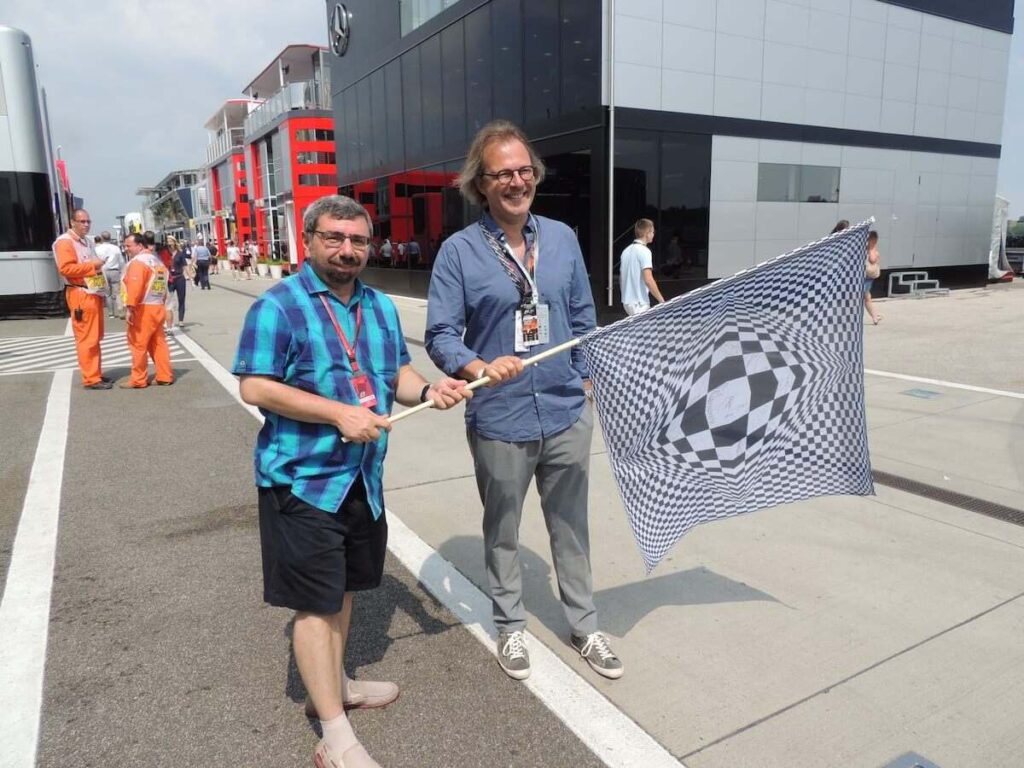
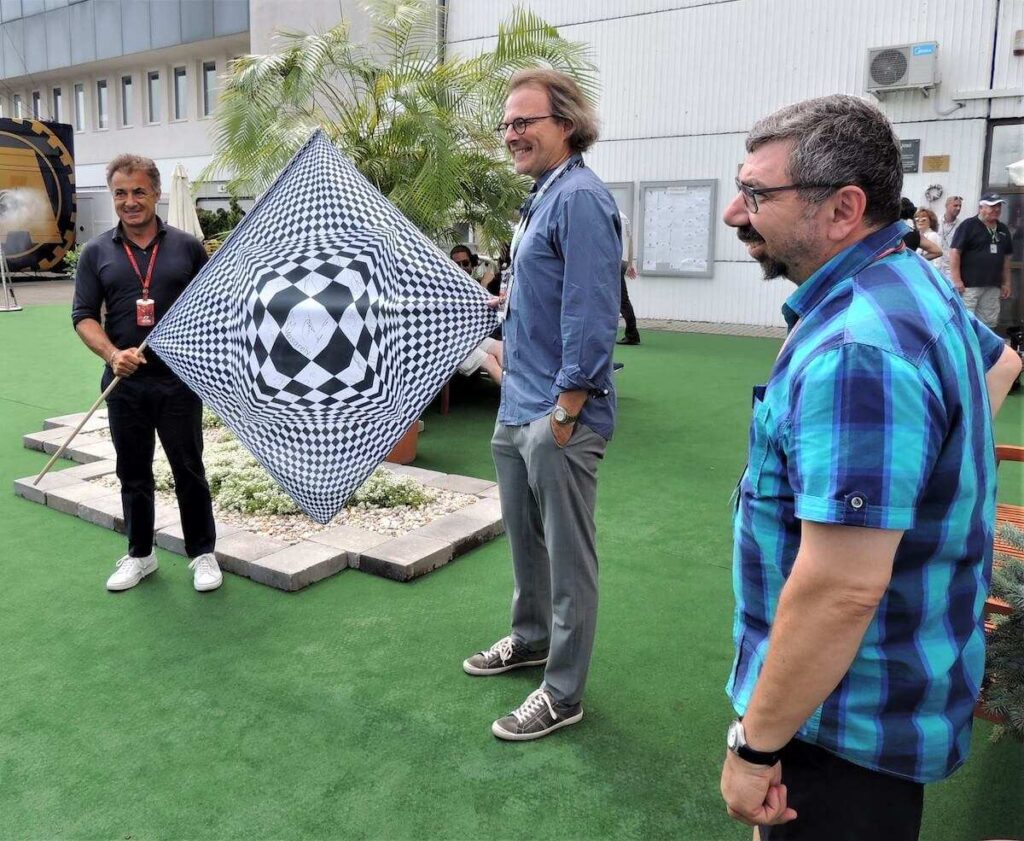
2016: Year of Anniversaries
In 2016, we celebrated 110 years since the Hungarian driver, Ferenc Szisz, had won the first ever Grand Prix at the wheel of a Renault. It was also 80 years since the legendary Tazio Nuvolari had won the first Hungarian Grand Prix on the streets of Budapest, and 30 years since the first race of the modern era, when Hungary was still behind the Iron Curtain and we witnessed the legendary battle between the eventual winner Nelson Piquet and his countryman, Ayrton Senna. A famous Hungarian artist, Victor Vasarely, had produced a special chequered flag for the race in 1986, but it had somehow been lost and never made it to the track. I decided to ask my friend Pierre, the grandson of Vasarely, to help us present a new version of the flag. Jean Alesi agreed to be involved in the presentation, having been sponsored by Vasarely as he rose the motorsport ladder. Alesi was happy to share some interesting stories of his meetings with the famous artist!
Read More: When Op Art Met Formula 1 at the First Race Behind the Iron Curtain
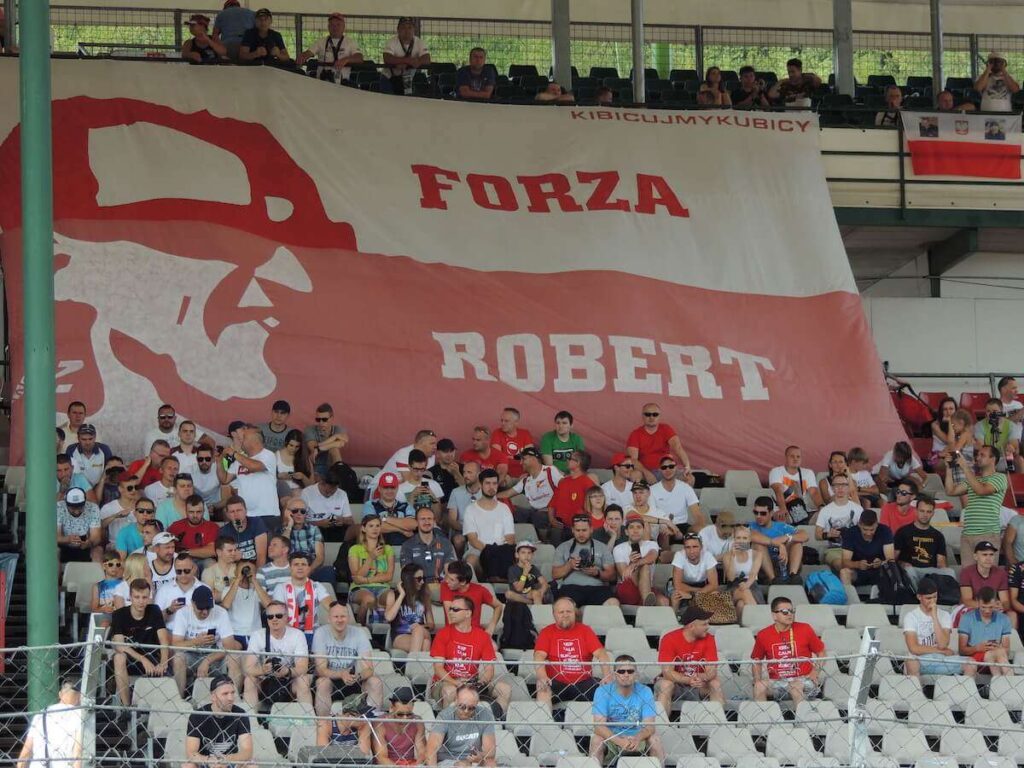
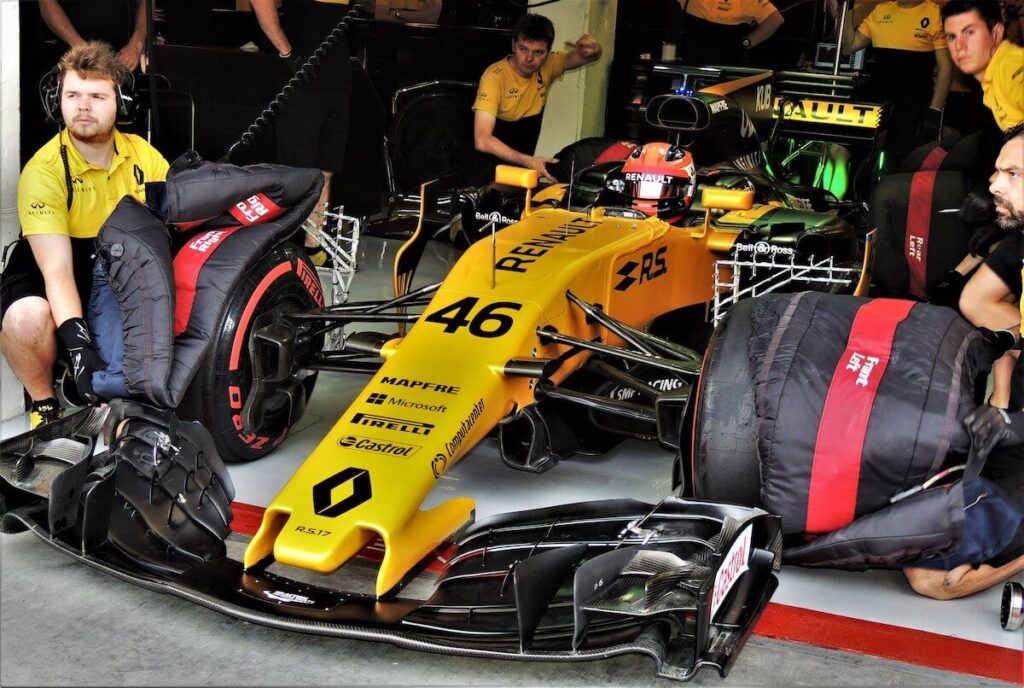
2017: Kubica Returns
The biggest story of the 2017 Hungarian Grand Prix happened during the in-season test after the race. More than 6 years after the tragic rallying accident that halted his career, the Polish was contracted to Renault for the test. He had already had his first trial run at a private test in a 5-year-old car the month before, but this was much more high profile. Hordes of press gathered in front of the Renault garage as thousands of Polish fans occupied the grandstand opposite, cheering every time he took to the track. The first step was complete, and Kubica would return to Formula 1 with a full-time seat at Williams in 2019.
Finally, some more personal memories. My oldest daughter Dóra worked at the circuit in the media team for a few years, and it was special to share some time with her in an environment we both enjoyed so much. Last year, with the help of a good friend, I secured a Paddock Pass for my youngest daughter, 14-year-old Kati. Needless to say, she had fun asking for autographs from the drivers and hanging out with the VIPs. And what did she say after her memorable day? These big stars are just normal people, just like you or me. Indeed.



